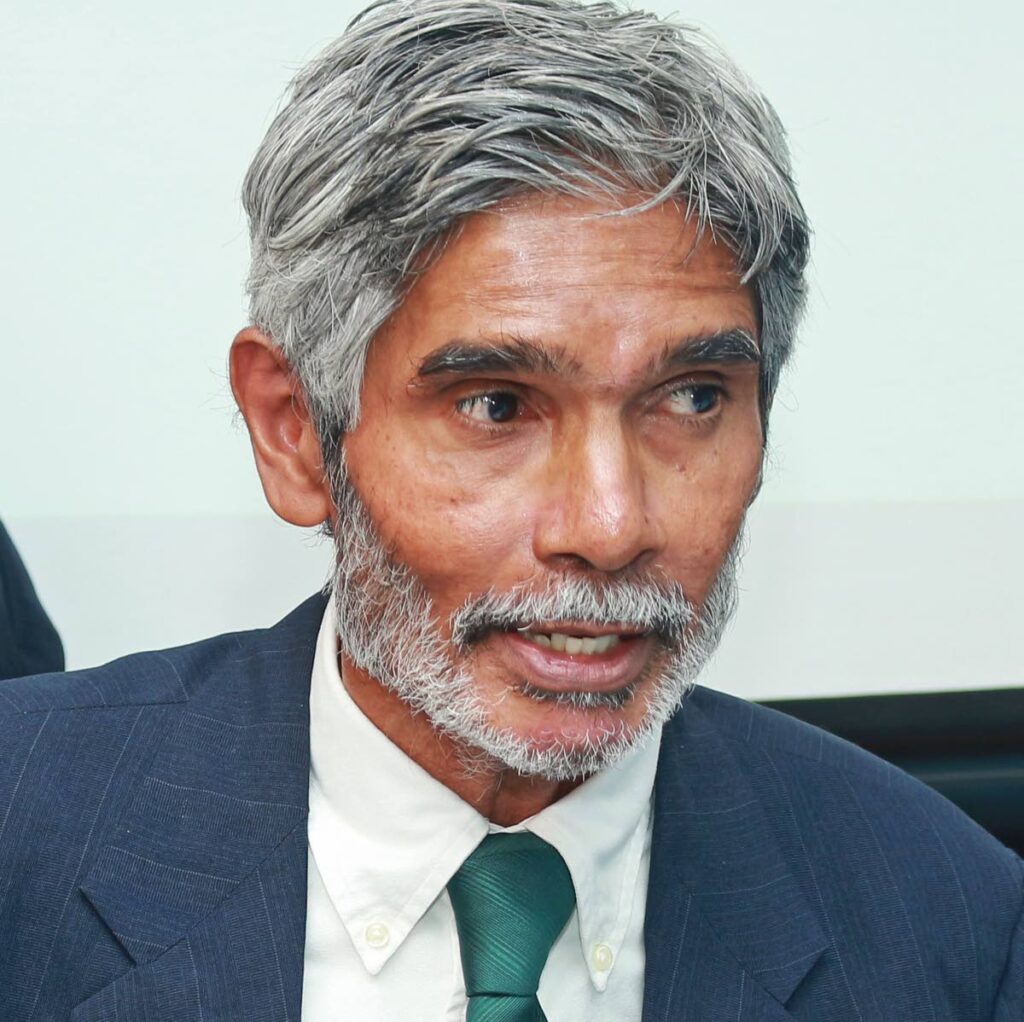IN 1966, MY family moved from the sanctuary of my grandparents’ home to our own plot atop a hill in Claxton Bay. I was seven. I looked closely at how my father built our matchstick house in one day. I began to collect matchsticks. My father smoked. We had a kerosene stove. I collected about 500 matchsticks. I sat under our matchstick house and built my own matchstick house.
My father came with all his best intentions to assist. In his eagerness to fashion an angle, he broke a matchstick. I rose infuriated. How dare he break my matchstick? I smashed the matchstick house and ran away. Breaking one, one grain out of 500, was too much for my precarious sensibility; or as my father would say, “fowls–t temper.”
Between 2018 and 2023 I worked painstakingly at building a manifesto for TT. It went through various drafts. To make it less than monotonous, for a manifesto might be a boring thing, I used a mascot and fitted content in boxes, insets, columns. I added some humour. Eventually, it became a 40-page book called A Promise To Fight: Manifesto 2025-2040. Having not a single cent, I went to Printex printery in Marabella and ordered 600 copies. Somehow, little by little, the money came. From my sisters, the sale of my other books. I collected 600 copies of the manifesto in August 2023.
The first casualty of any manifesto is the manifesto. No sooner than you try to execute it, it crumbles like a matchstick house. A little girl builds her sandcastle in her safe corner of beach, hoping those six-a-side males, running about like savages, would not smash it. But then comes a current, angling across the Atlantic, smashing it. For island economies like ours, it is not local cross-currents that upset the manifesto, but tidal global change.
It is impossible to construct a sustainable manifesto if we do not comprehend global trends. The history and fate of the Caribbean and Latin America, since 1492, have been constructed by economic and political tsunamis originating in metropolises far away. In foreign courts, churches, armies, shipyards, trading companies, academies, technology hubs.
A Promise To Fight begins with the premise that, within the next 30 years, there are going to be calamitous global wars. The West, Western economies, cannot compete with China. Cannot compete through fair or free trade. When US president Nixon made his pioneering trip to China in 1972, his goal was to awaken “the sleeping giant” of the world. Open up. Don’t be so insular. Open up itself to Western markets. But China, regaining its historical trajectory, a silk road trader, a one-cent-inkpot manufacturer, did the judo on the West: it opened up the world to China’s markets.
Not many people in the English-speaking Caribbean understand China. Over the last 30 years, China has lifted 800 million citizens out of poverty. It has invested massively on training, bio-technology, crop yields, advanced robotics, economic diversification (one China two systems), global linkages to Latin America, Africa, the Middle East, Russia. And robustly pushed its Belt and Road initiative. Our views of China are conditioned by CNN, BBC, US and British mainstream media. These views reflect fear, paranoia; constantly they talk of “the China threat,” “containing China.”
China “threatens” the US by simply being itself. China is on the upward trend. The last thing it wants now is war; that would crumble its matchsticks. In 2011, after the US’s brutal domestication of the Middle East (Iraq, Libya, Syria, Afghanistan, West Pakistan), president Obama announced his Pivot to Asia. To “contain” China. The US has encircled China by land and sea with military bases. China has one military base outside China, a naval base in Djibouti; the US has 750 in 80 countries.
Western capitalism, the predatory form, will not accept an economically ascendant China. It interprets this ascendancy as a China win. It will smash the whole global matchstick house rather than accept a China win. It will not accept economic or political multi-polarity. Only one new world order, one reset, one hegemon. No other. Thus, there will be war and proxy war. Our manifestos must factor in this World War: the West versus China by 2040.
Manifesto 2025-2040 prioritises readiness, that is resilience. Resilience to face not only the impacts of global US-China war and proxy wars; but also incoming extreme weather events, and dominating forms of technology, notable photonic (solar) and electron (computer) technology and AI, artificial intelligence. It outlines five key pillars of resilience: in health (a horticultural revolution); in education (a skills-based revolution); in transport (transport diversification including train and non-motorised forms); in the economy (protonic and electron industrial estates, projects; and governance (constituency government – constituency chiefs, constituency councils, polling division captains – to take back the ground from criminals).
A manifesto built without cognisance of global trends crumbles like a house of matchsticks. TT is already on some international broker’s chess or checkerboard. Such as the global investor-state, national governments, global surveillance networks.
The CIA classifies the world into regions, fields, pastorals, each with its predestined purpose. If you do not assert your national vision, chart your course, someone else will do it for you. Manifestos and leaders must not simply play along. As Yvonne Ashby, Chatham anti-smelter activist, declared, “God don’t like stupid!”



Responses